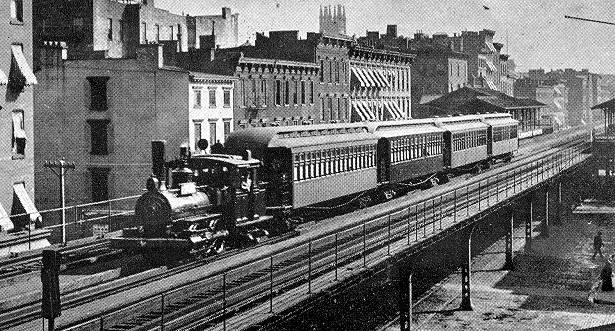
Photo by Mid-Continent Railway Museum
The Chicago L (short for Elevated) is the rapid transit system serving Chicago and some of its suburbs. It’s known for its elevated tracks, particularly the iconic Loop that circles downtown. The system has eight lines, with 24-hour service on the Red and Blue lines.
Chicago L Elevated Train System Explained
- Elevated Tracks: A defining characteristic of the Chicago L, with tracks built above street level, often on steel or concrete viaducts.
- The Loop: The famous rectangular elevated track in downtown Chicago, a crucial part of the system, serving as a hub for multiple lines.
- 24-hour Service: The Red and Blue lines operate around the clock, making Chicago one of the few cities with such continuous service.
- Extensive Network: The L has eight lines, 145 stations, and 224 miles of track.
- Subway Sections:While largely elevated, the Red and Blue lines also have underground sections, particularly in the downtown area.
- Integration with Buses:The L is part of the larger Chicago Transit Authority (CTA) network, which also includes an extensive bus system.
History
- The first L line, the Chicago and South Side Rapid Transit Railroad, began operating in 1892.
- The system has evolved over time, with various companies building and expanding the network.
- The L played a significant role in Chicago’s growth and development, especially in the downtown area.
Riding the L
- You can pay your fare using a Ventra card, Ventra ticket, or contactless bank card.
- Stations are marked with maps and signs to guide you to the correct platform.
- Be aware of your surroundings and follow posted safety guidelines.
Chicago